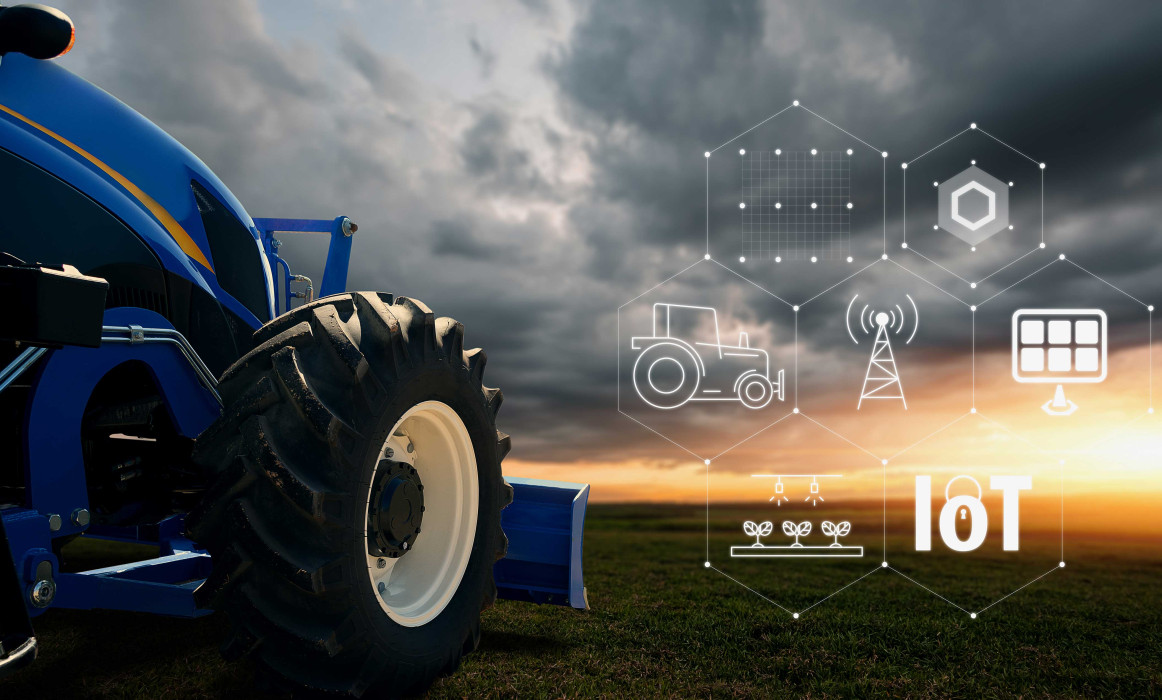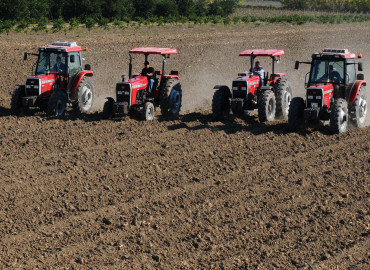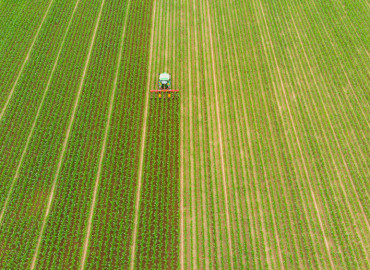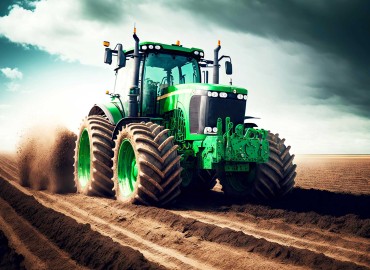The technological development of tractors provides more efficient and economical work in the agricultural and construction sectors. Thanks to these advancements, tractors can work with higher productivity, less emissions, less fuel consumption, less operator error and lower costs. Additionally, technological advancements make maintenance and repair of tractors easier while also extending the life of tractors.
How is the Development Process of Tractors?
The technological development of tractors has a long history. The first tractors were designed to replace human and animal power. These early tractors were massive machines powered by steam engines in the late 19th century. Later, the invention of internal combustion engines significantly changed the design of tractors. This reduced the size of tractors and made them more efficient. In the early 20th century, the use of tractors became widespread, which increased efficiency in the agricultural sector.
In the 1960s, hydraulic systems in tractors were developed. These developments made tractors more powerful and efficient. At the same time, the tires used on tractors were also improved. This allowed tractors to achieve greater traction.
In the 1970s, the development of electronic systems used in tractors further increased their efficiency and ease of use. During this period, significant developments were also made in driving comfort and operator safety of tractors.
In the 2000s, the technological development of tractors allowed them to become more efficient, environmentally friendly and automatic. Today, advanced features such as automatic driving, GPS navigation and data collection systems are among the technologies used in tractors.
In summary, the development process of tractors has a long history. These advancements in tractor design have provided more efficient, economical and environmentally friendly work in the agricultural and construction sectors.
Why is the Technological Development of Tractors Important?
In particular, the technological development of tractors in the agricultural sector increases profitability by providing more efficient production. High-tech tractors provide producers with more efficiency and less cost. Additionally, more environmentally friendly tractors are seen as an important step for reducing emissions and sustainable agricultural management.
In the construction sector, the technological development of tractors enables jobs to be done faster and more accurately. More efficient tractors allow businesses to save time and cost.
In summary, the technological development of tractors is extremely important for the future of both the agricultural and construction sectors.
What Technologies are Used in Tractors?
Tractors are essential tools in both agriculture and construction sectors. Therefore, the technological development of tractors has increased efficiency in both sectors.
The technologies used in tractors today are as follows:
- Electronic Control: Electronic control systems used in tractors optimize the tractor's operation and performance. This system increases the tractor's fuel efficiency and reduces emissions.
- Hybrid and Electric Tractors: Hybrid and electric tractors are tractors that operate with less emissions. These tractors are known as environmentally friendly due to their fuel savings.
- Sensor Technology: Sensor technology increases tractor efficiency and facilitates maintenance. Sensors detect malfunctions in the tractor's engine and other systems and alert the operator.
- GPS Technology: Technological development of tractors enables more efficient work in agriculture fields. With GPS technology, tractors can drive more accurately in agricultural fields and can be used more efficiently for agricultural operations.
- Connected Tractors: Connected tractors are tractors that can be managed through smartphones and tablets. This technology allows the operator to remotely monitor and control the tractor.
- Autonomous Systems: Autonomous tractors are tractors that can operate without an operator. Autonomous systems reduce human error in agricultural operations and enable more efficient work in agricultural fields.
 en
en  tr
tr 






























